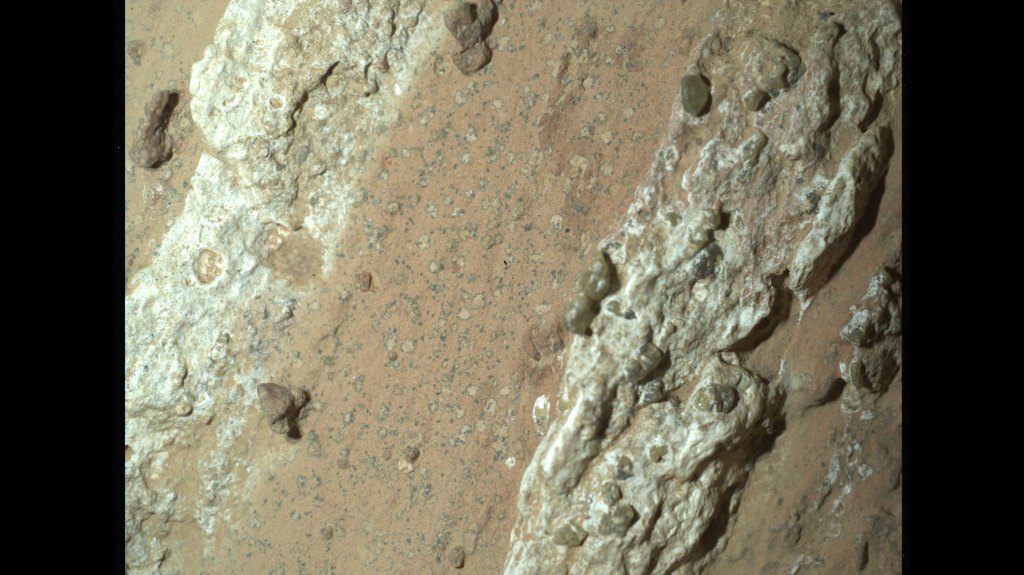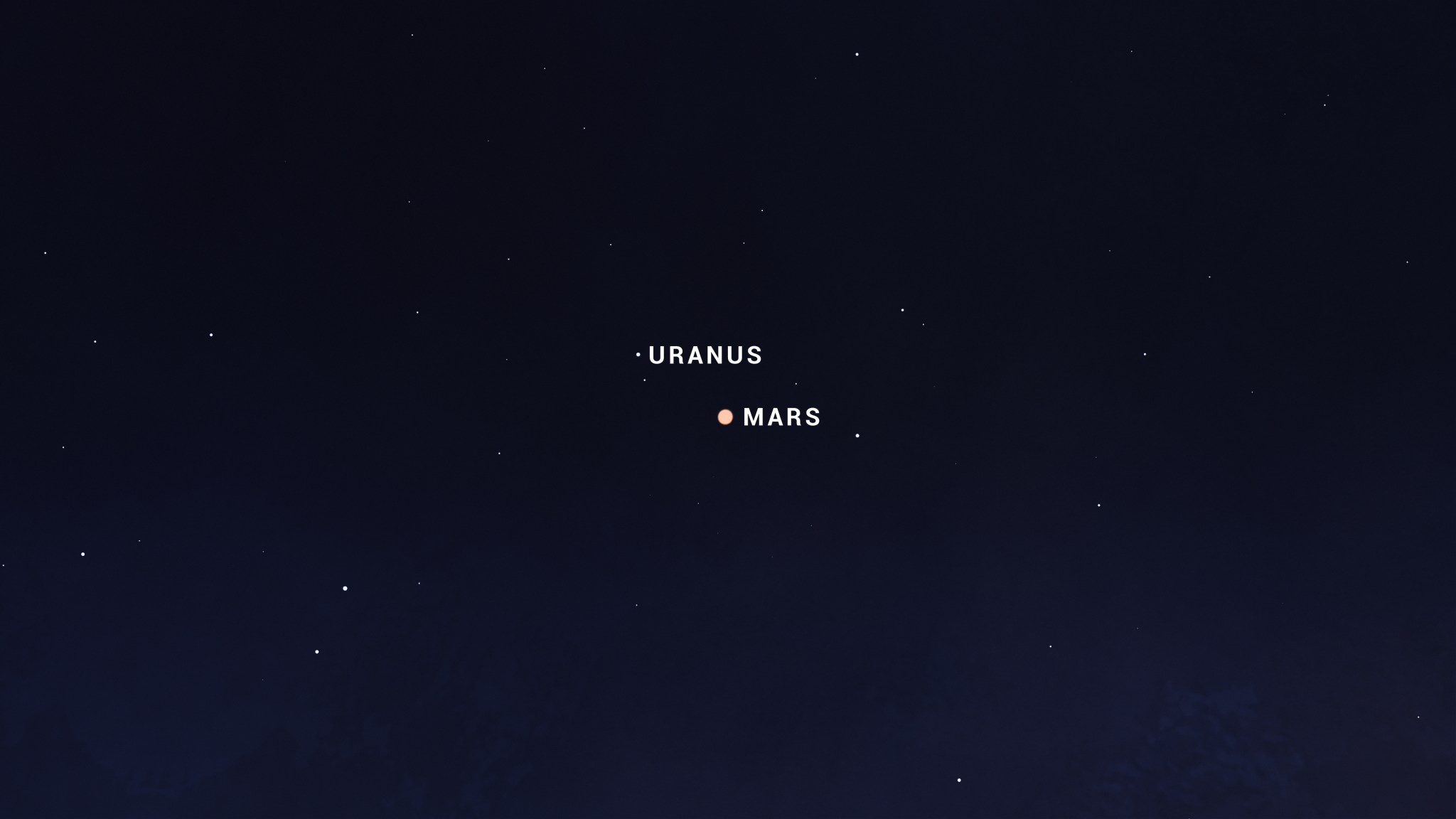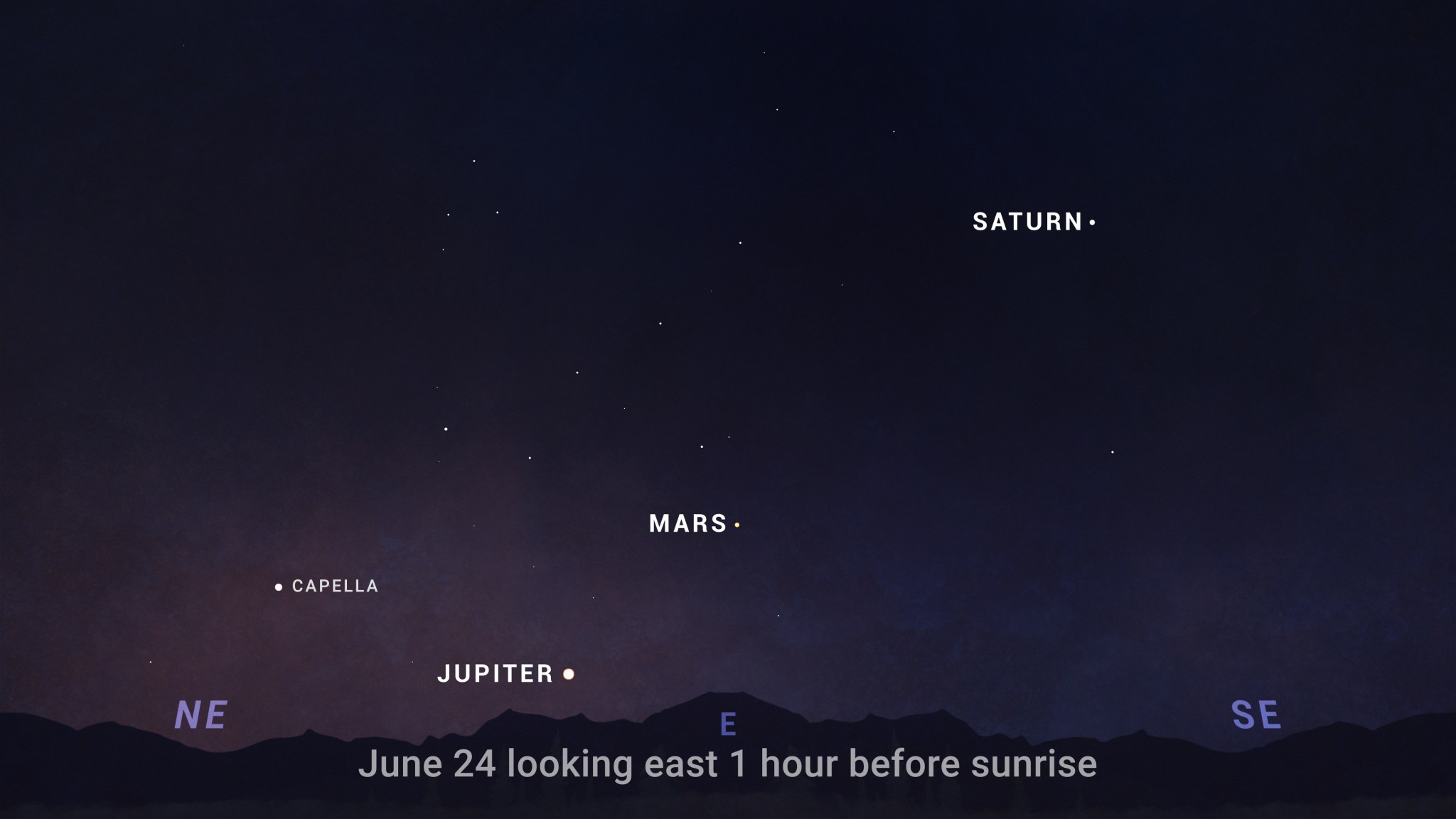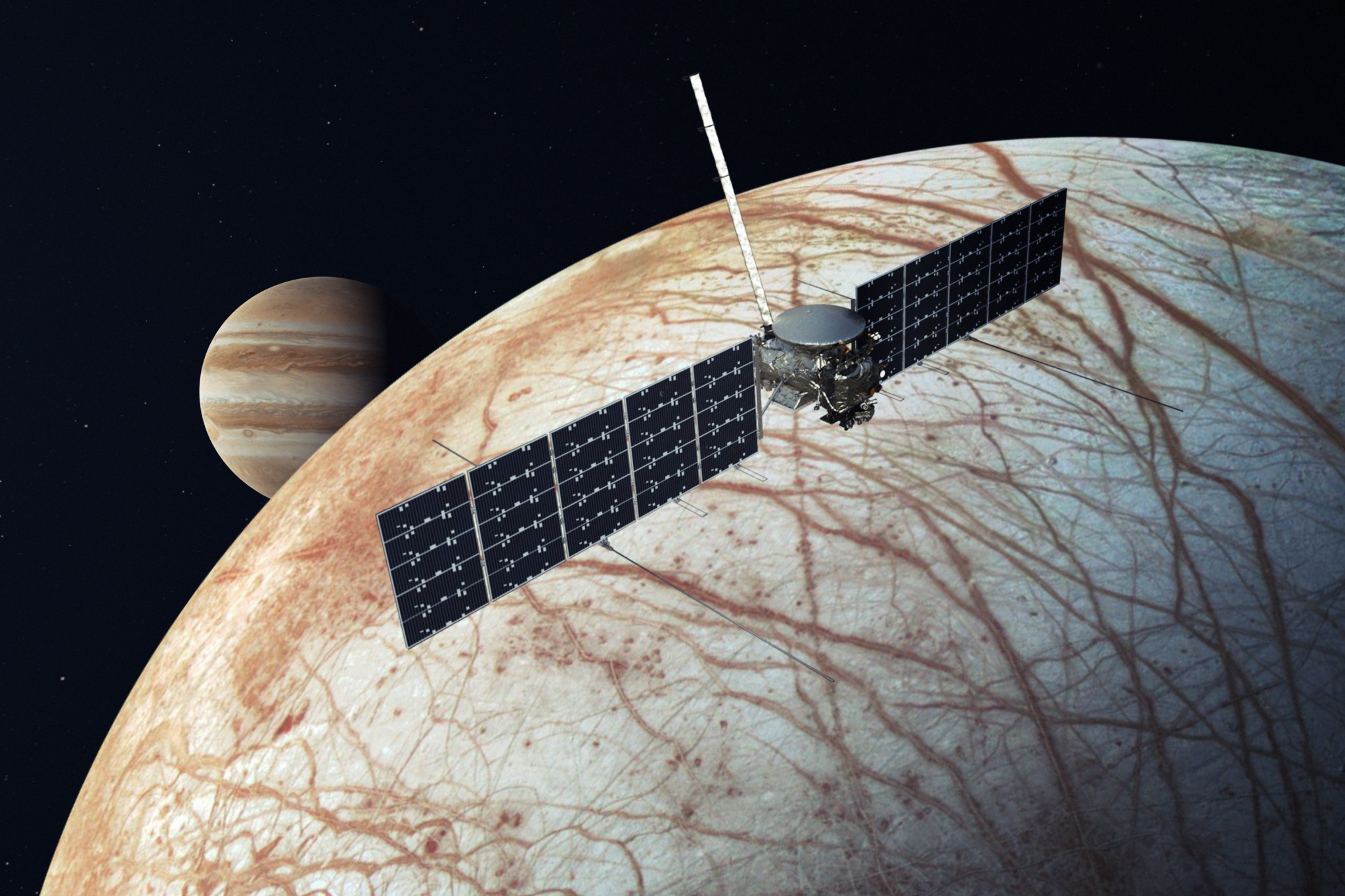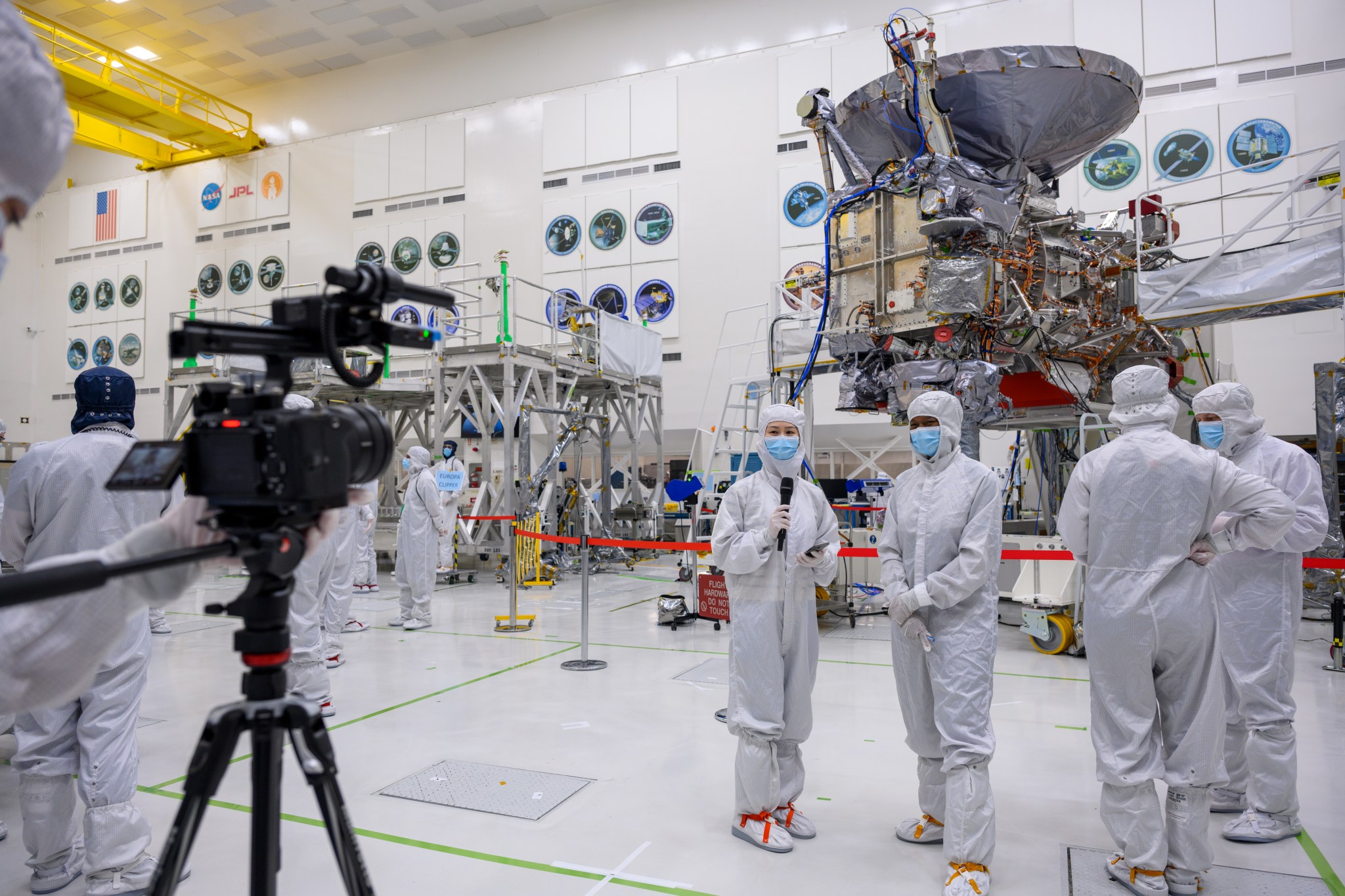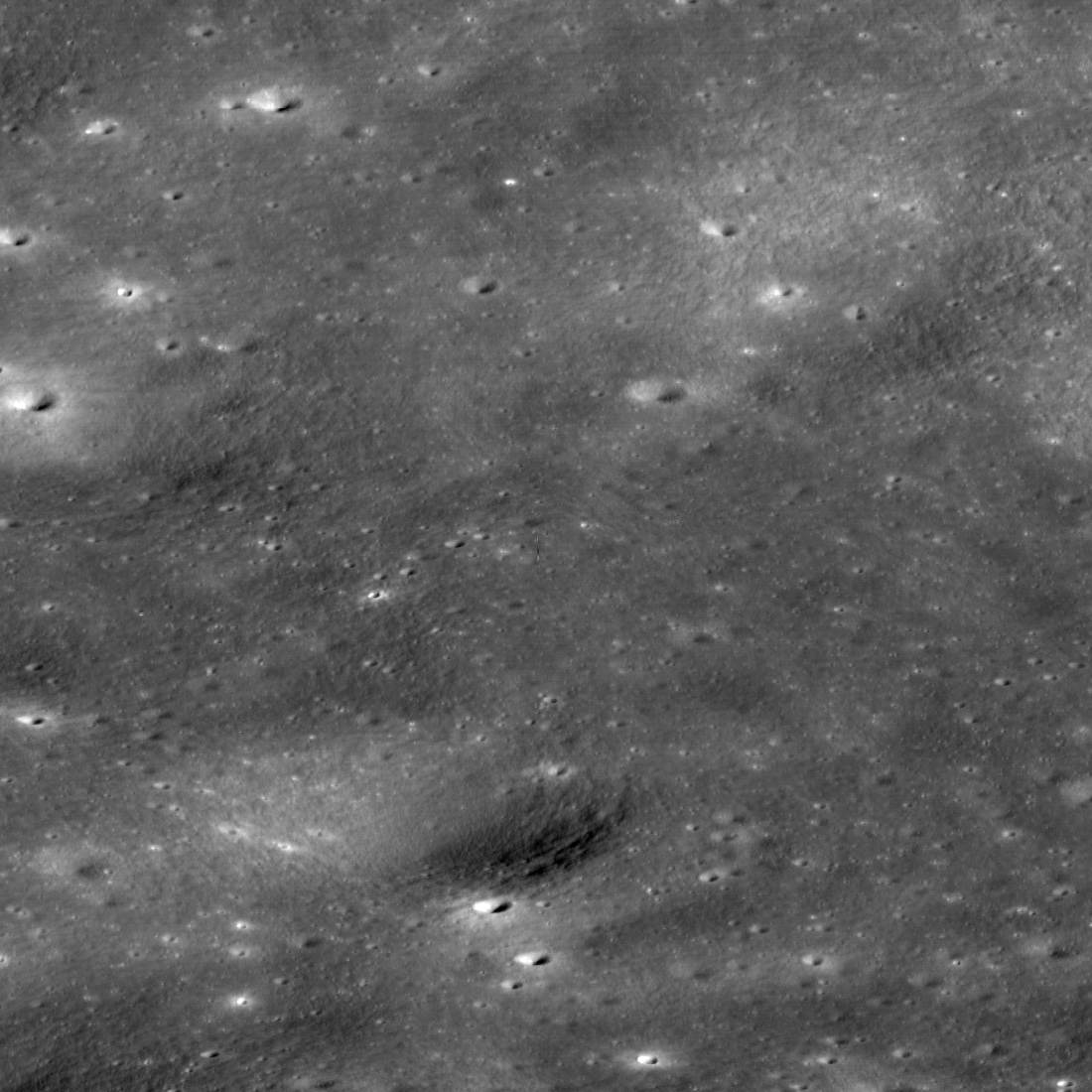As part of an asteroid sample exchange, NASA has transferred to JAXA (Japan Aerospace Exploration Agency) a portion of the asteroid Bennu sample collected by the agency’s OSIRIS-REx mission. The sample was officially handed over by NASA officials during a ceremony on Aug. 22 at JAXA’s Sagamihara, Japan, campus. The signature exchange for the Bennu sample transfer took place on Aug. 22, 2024, at JAXA’s (Japan Aerospace Exploration Agency) Institute of Space and Astronautical Science, Sagamihara Campus. JAXA This asteroid sample transfer follows the November 2021 exchange where JAXA transferred…
Read MoreTag: The Solar System
NASA’s Perseverance Rover Scientists Find Intriguing Mars Rock
7 min read Preparations for Next Moonwalk Simulations Underway (and Underwater) NASA’s Perseverance rover discovered “leopard spots” on a reddish rock nicknamed “Cheyava Falls” in Mars’ Jezero Crater in July 2024. Scientists think the spots may indicate that, billions of years ago, the chemical reactions in this rock could have supported microbial life; other explanations are being considered. NASA/JPL-Caltech/MSSS An annotated version of the image of “Cheyava Falls” indicates the markings akin to leopard spots, which have particularly captivated scientists, and the olivine in the rock. The image was captured…
Read MoreWhat’s Up: July 2024 Skywatching Tips from NASA
What to Look for in July The scorpion’s star clusters, and Mars reveals elusive Uranus Follow the tail of Scorpius to locate star clusters M6 and M7, let Mars guide you to observe planet Uranus, and see the Moon gather a group of planets in the morning. Highlights All month – Two easy-to-spot star clusters – M7, aka Ptolemy’s Cluster, and M6, the Butterfly Cluster – are both located about 5 degrees east of the the bright stars that mark the “stinger” end of the scorpion’s tail. They reach their…
Read MoreWhat’s Up: June 2024 Skywatching Tips from NASA
Planets rule the a.m., and what’s that bright light? Saturn and Mars meet up with the Moon, Jupiter returns at dawn, and tips for identifying some common objects seen in the sky. Highlights All month – All the planetary action continues to be in the morning sky, with Saturn and Mars rising in the early morning hours. They are joined later in the month by Jupiter. June 2 – In the hour before sunrise, reddish Mars hangs just beneath the crescent Moon. Find the pair low in the east with…
Read MoreNASA Selects Students for Europa Clipper Intern Program
4 min read NASA Selects Students for Europa Clipper Intern Program NASA has selected 40 undergraduate students for the first year of its Europa ICONS (Inspiring Clipper: Opportunities for Next-generation Scientists) internship program, supporting the agency’s Europa Clipper mission. Europa ICONS matches students with mentors from the mission’s science team for a 10-week program to conduct original scientific research on topics related to the mission to Jupiter’s moon Europa. Artist’s rendering of NASA’s Europa Clipper spacecraft. NASA/JPL-Caltech The program is planned to run every year until Europa Clipper completes its prime…
Read MoreNASA’s Ingenuity Mars Helicopter Team Says Goodbye … for Now
NASA’s Ingenuity Mars Helicopter, right, stands near the apex of a sand ripple in an image taken by Perseverance on Feb. 24, about five weeks after the rotorcraft’s final flight. Part of one of Ingenuity’s rotor blades lies on the surface about 49 feet (15 meters) west of helicopter (left of center in the image). NASA/JPL-Caltech/LANL/CNES/CNRS The final downlink shift by the Ingenuity team was a time to reflect on a highly successful mission — and to prepare the first aircraft on another world for its new role. Engineers working…
Read MoreMedia Get Close-Up of NASA’s Jupiter-Bound Europa Clipper
4 min read Preparations for Next Moonwalk Simulations Underway (and Underwater) Members of the media visited a clean room at JPL April 11 to get a close-up look at NASA’s Europa Clipper spacecraft and interview members of the mission team. The spacecraft is expected to launch in October 2024 on a six-year journey to the Jupiter system, where it will study the ice-encased moon Europa. NASA/JPL-Caltech Excitement is mounting as the largest spacecraft NASA has ever built for a planetary mission gets readied for an October launch. Engineers at NASA’s…
Read MoreNASA Names Finalists of the Power to Explore Challenge
3 Min Read NASA Names Finalists of the Power to Explore Challenge A word cloud generated from student essay entries. Credits: NASA/Dave Lam NASA has selected the nine finalists of the Power to Explore Challenge, a national competition for K-12 students featuring the enabling power of radioisotopes. NASA selected nine finalists out of the 45 semifinalist student essays in the Power to Explore Challenge, a national competition for K-12 students featuring the enabling power of radioisotopes. Contestants were challenged to explore how NASA has powered some of its most famous…
Read MoreNASA’s LRO Finds Photo Op as It Zips Past SKorea’s Danuri Moon Orbiter
NASA’s LRO (Lunar Reconnaissance Orbiter), which has been circling and studying the Moon for 15 years, captured several images of Korea Aerospace Research Institute’s Danuri lunar orbiter last month. The two spacecraft, traveling in nearly parallel orbits, zipped past each other in opposite directions between March 5 and 6, 2024. The dark spot centered in the bottom third of this image is the Korea Aerospace Research Institute’s Danuri orbiter, smudged because it was traveling quickly in the opposite direction of NASA’s LRO (Lunar Reconnaissance Orbiter) when LRO snapped the photo.…
Read MoreMarch-April 2024: The Next Full Moon is the Crow, Crust, Sap, Sugar, or Worm Moon
29 Min Read March-April 2024: The Next Full Moon is the Crow, Crust, Sap, Sugar, or Worm Moon A full moon rises over Utah. Credits: NASA/Bill Dunford The next full moon is the Crow, Crust, Sap, Sugar, or Worm Moon; the Paschal Moon; Purim; the Holi Festival Moon; Madin Poya; the Pothole Moon; a Micromoon, and a Partial Lunar Eclipse. The next full moon will be on Monday morning, March 25, 2024, appearing opposite the Sun in Earth-based longitude at 3 AM EDT. This will be on Sunday evening from…
Read More
